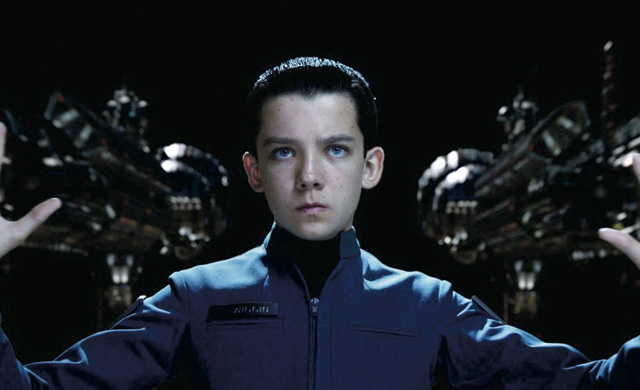How different is composing and playing for contemporary dance to composing in general?
Léo: We can’t just make beautiful music and get away with it. It all depends on what goes best with the performers’ actions, sometimes it can be anything from majestic to dirty. I read Jean Genet’s The Tightrope Walker to get inspiration and help with interpretation.
Nathan: It doesn’t work like composing film scores. We take a more contemporary and experimental approach where untraditional techniques are used. It’s a totally different thing from performing the usual jazz or classical music, too.
What sounds can we expect to hear?
Nathan: People are here for the dance and they don’t want to hear us all the time which means we can’t be overpowering. The music is minimalist, repetitive patterns and a lot of improvisation.
Léo: We know when to provide ambience and in what scale and mode, but only a few scenes are fixed. Despite employing Arabic scale and modes, it is far, far away from the traditional Arabic music I usually play.
Do you think live music adds an extra something to the performance?
Nathan: I think this is one of the first times that Jitti has featured live musicians. Seeing where the music comes from rather than just hearing it play from speakers should provide some extra freshness. We’re interactive with the dancers too; they come toward us and we respond to them, so it should be engaging.
Léo: Normally, dancers rehearse with CDs; the music never changes. It puts more challenge on the dancers, too, because with us it changes a lot, so they have to listen to what we play, just as much as we have to observe their actions, to interact. There’ll be plenty of hidden details and nuances.
What’s your experience been like working with Jitti on this project?
Nathan: You don’t feel like he puts you in a box and tells you exactly what you have to do. He’s got crazy ideas and is not scared to do things that the audience might not expect. He changes all the time. He never stops changing his mind, you know.
Léo: I have worked with other choreographers who gave me freedom, too, but in a way that made me play inside my comfort zone. With Jitti, it’s another story; he pushes us to create. When my idea gets turned down, I’m encouraged to come up with a new one, which helps the creative process.
As an insider, do you have anything to say to people attending the show?
Léo: Try to know a little about the subject of the show beforehand. It should give you the material to absorb or interpret the whole performance better.
Nathan: It’s a combination of contemporary dance with performers, one trained in ballet, one in hip hop and one in Thai classical dance. That, along with saxophone and oud, makes for something surely never seen before in Bangkok.


















